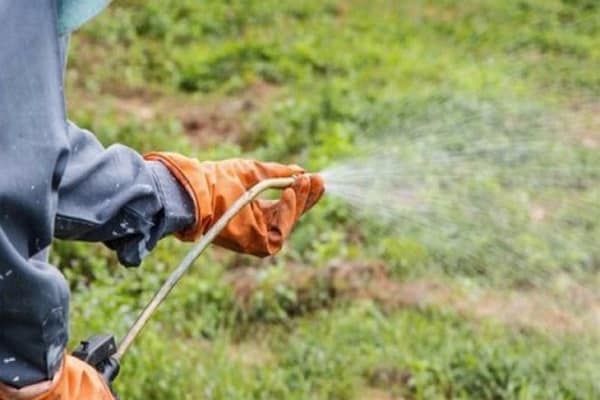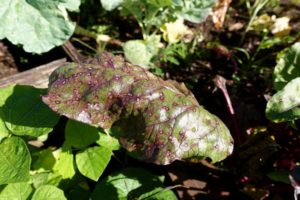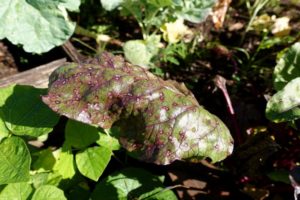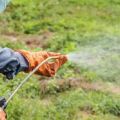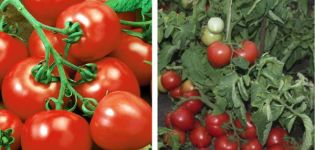Types of preparations and the use of herbicides for processing beets
The presence of a large amount of weeds reduces the yield of beet plantings by 15-20%. For an industrial scale, this is a very large figure, so the use of herbicides for treating weeds is quite justified. Modern manufacturers provide the attention of gardeners and summer residents with a large number of drugs of varying degrees of impact. The choice is up to the grower.
Classification of drugs
When using a herbicide for beets, you need to know exactly how it should act, its chemical composition, which is preferable for a specific area and region.

Subdivide herbicides as follows. For the purpose of use, that is, what type of vegetation needs to be destroyed:
- For weeds.
- For trees and shrubs.
- For aquatic vegetation.
Another classification, scope:
- Continuous herbicides. They are used to remove grass from football fields or roadsides.
- Selective herbicides. Apply on fields or personal plots. Such preparations destroy part of the vegetation.

By chemical structure, they are divided into the following types:
- Aryloxyalkylcarboxylic acid.
- Sulfonylurea.
- Aryloxypropionic acid.
- Organophosphorus composition of the substance.

The ability to move around the plant classifies herbicides of 2 types:
- Contact. They act immediately after use.
- Systemic. They destroy weeds after getting into plants with moisture.
The summer resident chooses a herbicide that is suitable for a certain beet varieties, for example, stern, or any other. The purpose of the drugs is also considered.
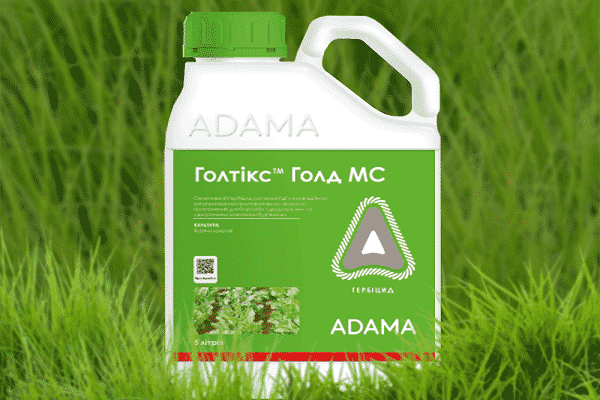
What are herbicides used for?
On a large area, using a herbicide is the only right decision, since it is impossible to cope with weeds on your own. Summer residents also use them on their plots. Weed grass pulls a large amount of nutrients and minerals from the soil, as a result of which the beets "starve" and the overall crop yield decreases. Timely chemical treatment will help protect crops from germination of grass.
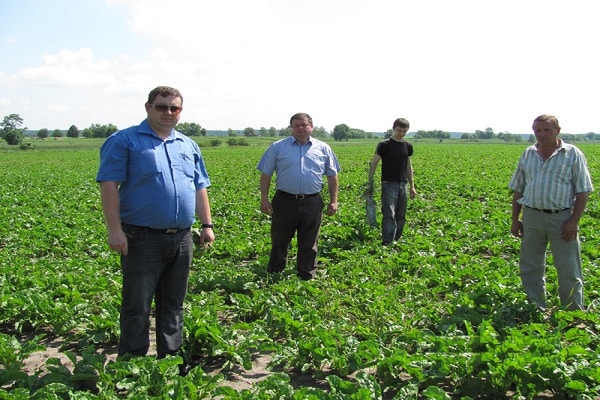
When and how are herbicides used?
It is possible to fight weeds using agrotechnical methods, but a more effective and durable method is chemical. This destroys most of the weed grasses.
Herbicides for canteen and other types of beets are subdivided into 3 types: pre-sowing, pre-emergence and post-emergence. Until now, universal remedies have not been invented to combat all types of weeds in fields and plots. Therefore, it is recommended to combine them, taking into account the peculiarity of each weed, germination time, cyclicality, type of seeds and other characteristics.
The consumption rates are indicated by the manufacturers.For different types of weeds, it differs in concentration and frequency of repetitions.
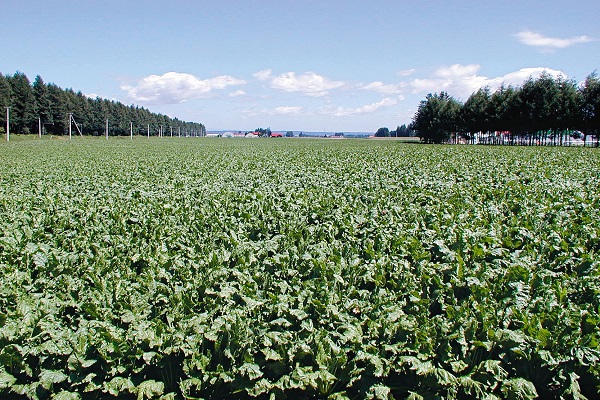
In August-October, beet crops are processed from perennial weeds.
From March to May, while the beets have not yet sprouted, they treat heavily weedy areas. It is advisable to cultivate them into soil.
April-May is a period especially in need of attention, at this time it is necessary to strictly follow the instructions to process the seedlings of the culture with a complex of preparations. Paying attention to what kind of weed is potentially dangerous at this time.
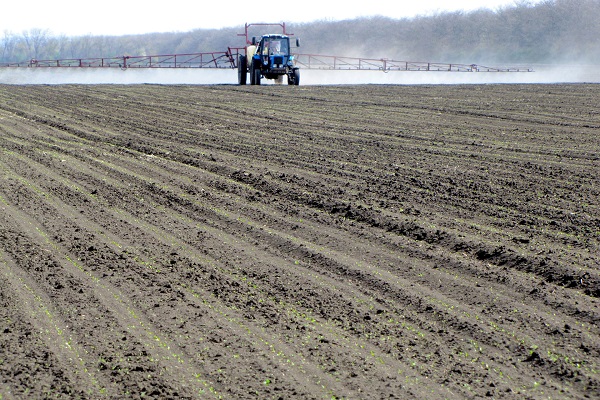
From May to August, spraying is carried out as needed. Looking at the shoots of weeds.
Each summer resident determines the processing time independently, it is important to observe safety precautions and clearly know what exactly the site requires at a given time.
Types of drugs
It is impossible to single out one specifically effective herbicide that works great, so the leader has not been identified. Agricultural technicians advise using several types and splitting the number of treatments. In this case, the required rate is divided into equal parts.
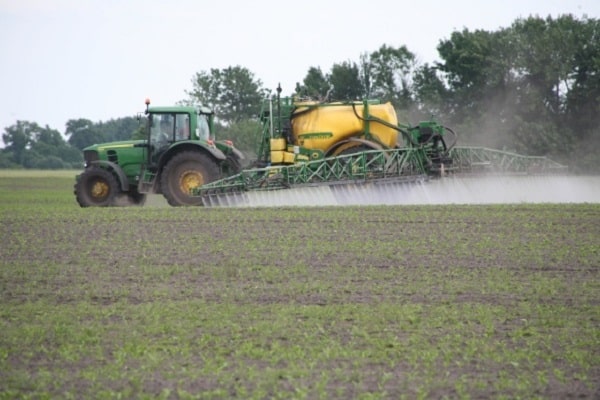
- Soil preparation, Benatal Expert. It acts through the root system of weeds and leaves. Mainly annual, dicotyledonous, cereal grasses. It is best to handle weeds when they have 2 true leaves, then the consumption rate is 1 liter per 1 ha. The rate is increased by 2 liters per 1 hectare if the plants have formed 4 or more leaves.
The efficiency is high, it does not strongly affect the beets. The growth of the culture is inhibited by only 3 days. Then it continues to grow as usual.
The disadvantages of the drug are that it negatively affects the plant when the temperature drops at night, a high degree of solar radiation and temperatures above +25 ⁰C.
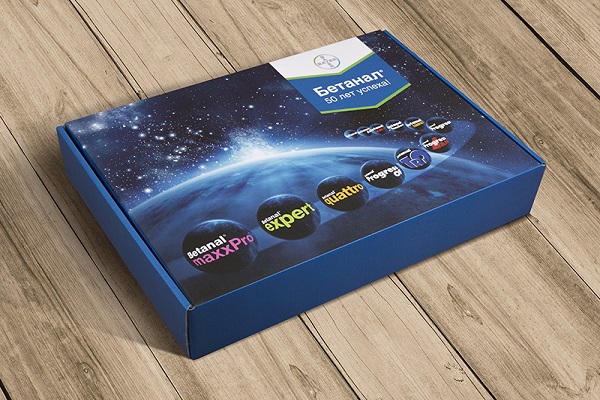
- Frontier Optima. The area of influence is the root system of weeds. If weather conditions do not change, 9 weeks are affected. Beets do not suffer from its use in any way. Moreover, the drug does not affect other cultivated plants that are grown in the same areas.
- Goltix 700. It is universal in application, as it is used in pre-sowing treatment and during the emergence of grass. Effective for dicotyledonous, annuals and cereal weeds. The active substance decomposes in the roots without being deposited or harming the plants. If you process crops with it sugar beet, do not be afraid of negative consequences in the form of a residue in the vegetable.
- Eptam. This herbicide should be handled very carefully. A high degree of volatility is a threat to the environment. Consumption rate 4 kg per 1 ha.
The use of presowing herbicides is effective at high soil moisture and air temperatures up to + 24 ⁰C.
Processing after germination is an urgent matter, although beets are sensitive to herbicides, the process should not be postponed. For this purpose, other preparations are suitable that help to destroy weeds.
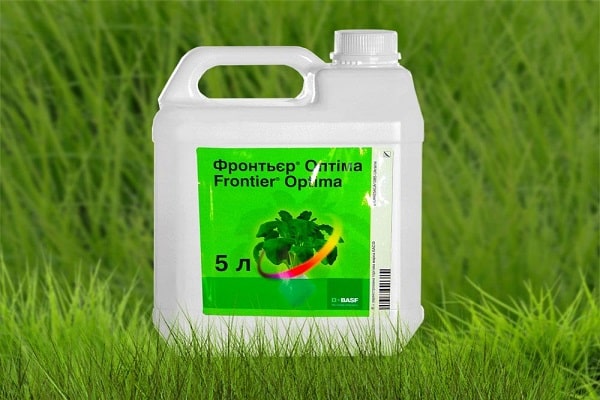
- Caribou. Effects immediately after treatment, inhibits development. The weed completely dies in 2-3 weeks after treatment. The main condition is that the plant has no more than 4-6 leaves. In the later stages of development of weeds, it is immune to this drug. If the beets are not damaged, the active substance is safe for root crops.
- Panther. Its action begins within an hour after spraying. And the maximum effect occurs 3 days after treatment.
No matter how effective herbicides are, it must be borne in mind that the most dangerous weeds are two years old, they are the most difficult to destroy. Therefore, they are treated in a complex and several times during the growing season.
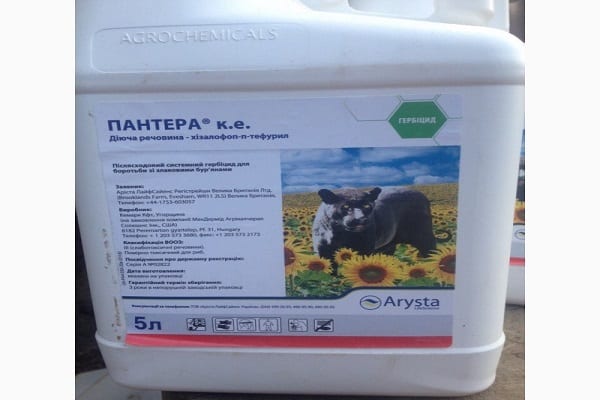
Features of processing beets
The culture requires special attention during the germination period.Although the temperature is low at this time (+ 9-14 ⁰С, some drugs are completely ineffective), you cannot skip the treatment. Since the culture overgrown with weeds does not receive nutrients from the soil. And as weeds grow, they become resistant to herbicides.
The second treatment is combined with subsequent ones, sprayed with a mixture of several herbicides.
When the time comes to deal with perennial weeds, the matter is complicated by the fact that the treatment must be carried out on the outbreaks. More effective drugs such as Centurion, Zelek Super and others are taken for use.
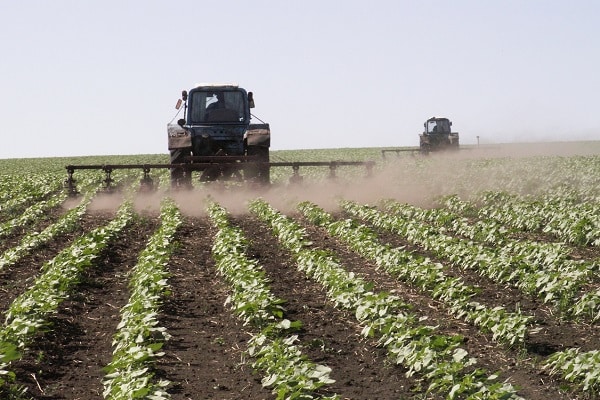
Security measures
The use of herbicides on beets requires precautions. Before use, be sure to read the instructions. Since each drug requires an individual approach.
Gloves should be worn to work with herbicides, especially when working with highly volatile preparations. You can not drink, smoke, eat. Clothes are washed after completion, never reusing. Water and drug residues must not be poured into water bodies.

A week after spraying, you can not water, loosen the ground on plantings. Wash the sprayer with water and powder.
The use of herbicides greatly facilitates the work of a summer resident or industrialist. The destruction of weeds will help to grow beets without significant crop losses. It is necessary to use various methods of struggle in a complex. But the most effective is the chemical one.
